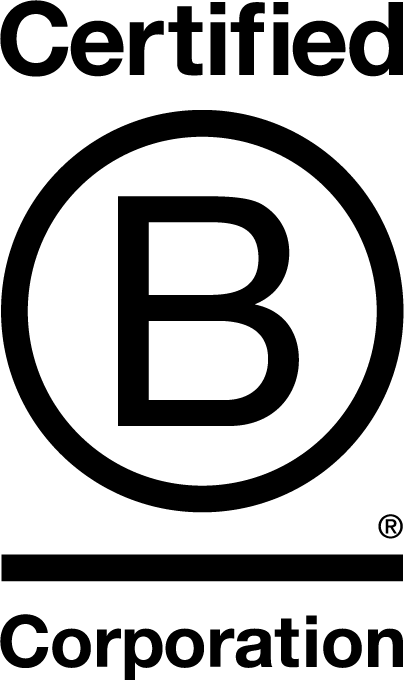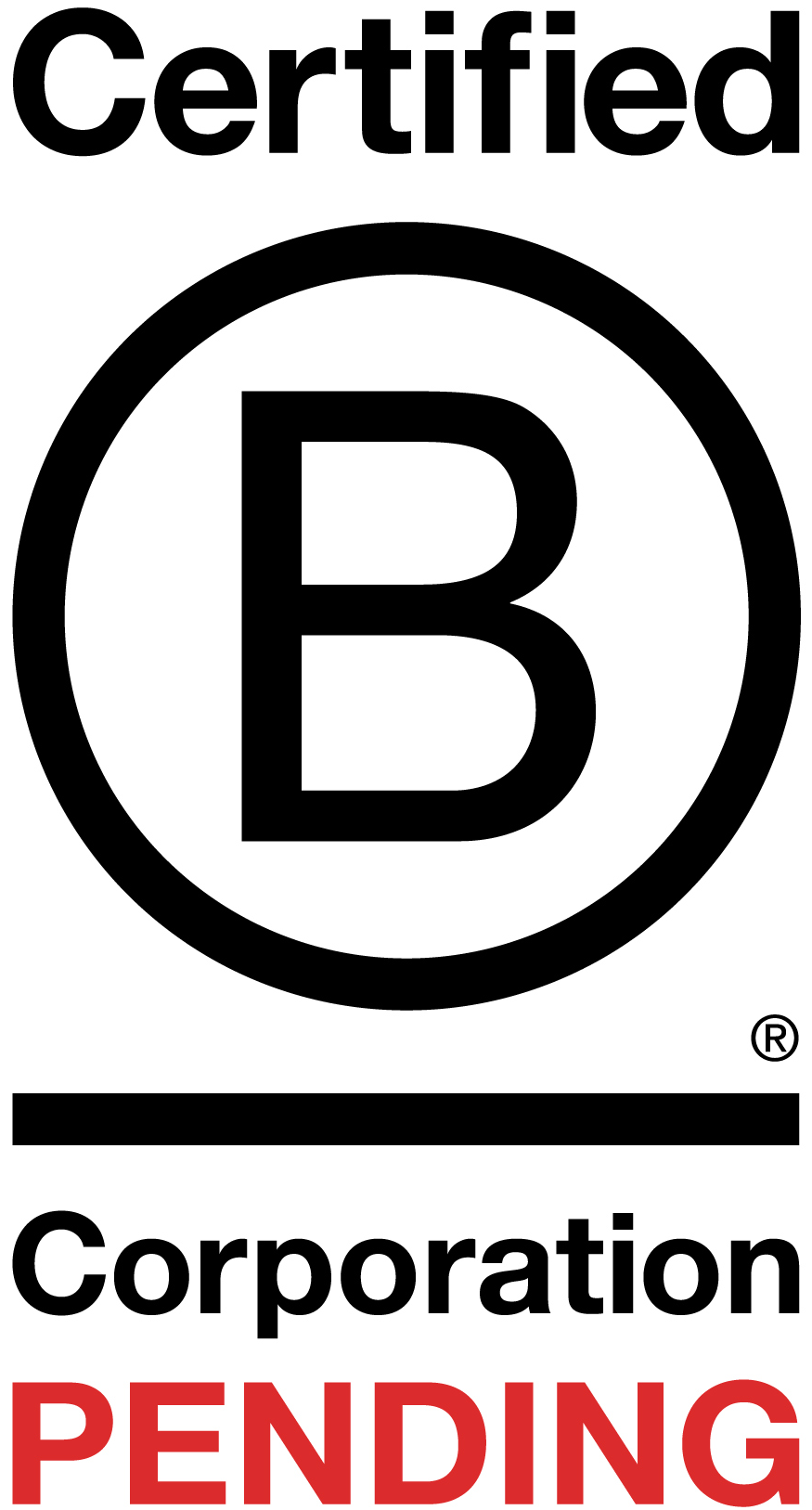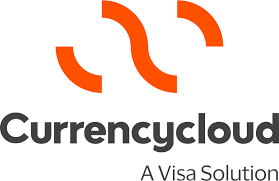The truth about those Foreign Exchange sales calls that they don't want you to know
Loss leading rates at or below the interbank rate. The truth about those Foreign Exchange sales calls that they don't want you to know
There is no doubt about it, the international payments space is now heavily saturated and as crowded as it has ever been. With a number of white label solutions now available (something that just wasn’t available 5+ years ago) it is now easier than ever to set up a foreign exchange company. Whilst this has a number of benefits for the consumer, it also comes with some significant drawbacks, with one in particular being a consistent cause of annoyance but more crucially, one that has potential cost and time implications for consumers in the medium to long term:
Incessant sales calls
Whilst cold calls are far from a new phenomenon, the increased competitiveness of the international payments space has led to an increase in the volume of calls. Aside from being very annoying, they are actually likely to cost consumers money in the long term, but the reason why may initially seem counter intuitive.
The increased competitiveness in the international payments industry often pushes companies and their salespeople to lead on price in order to win new business, and it has become increasingly common for salespeople to offer exchange rates at cost, or even more recently at below cost (more on this later) to win new business.
But why would a salesperson or broker benefit from giving away something for free and why might this be bad for my business?
To examine why this is and why it could be bad for the consumer, we first need to look at the typical structure of the companies regularly making these types of calls.
Companies than make incessant cold calls are generally set up as follows: The calls will be made be a salesperson who generally will not look after the client if they manage to onboard them, once onboarded the client will be passed to a dealer or an account manager to look after going forward (more about them later). The salesperson will have several targets or ‘KPIs’ to hit each month to get paid, one will be around the number of calls they need to make each day, one will be around the number of clients they need to onboard (or convert) each month and one will be around the amount of new revenue they need to generate on a monthly basis. The call target will be based on making a certain number of calls each day, or hitting a certain amount of talk time. It is not unheard of for salespeople to be set a target of making upwards of 200 calls per day, every day. This means that before the salesperson even thinks about their conversion or revenue target, once they have the contact details for a prospect they will potentially call them multiple times a day, for months on end just to hit their call number target. This is the most immediate cause for all those incessant sales cause, but of course it is not the reason behind the calls.
By far and away the most lucrative element of a salesperson’s targets will be the revenue part. Typically salespeople are paid between 10-20% of any revenue the clients they bring onboard make their company, with the dealer or account manager also paid between 2-10% of the revenue as well. The salespeople are often also remunerated according to hitting a specific new business target, so they have to make x amount of revenue from new clients to get paid a higher percentage of revenue (or to get paid at all) on their existing clients.
As previously mentioned, the increased competitiveness and associated desperation within the international payments space often results in salespeople leading on price just to get new clients through the door. A typical tactic to achieve this is to call a prospective client up and offer to provide a comparative quote against their existing provider. In order to guarantee they are cheaper than the existing provider the salesperson will often quote the prospective client the interbank rate as the rate they would give them. With a guaranteed and often quite significant saving presented to them, more often than not the prospective client will sign up with the new provider to take advantage of what seems like a very straightforward saving.
Due to the increased competitiveness of the industry, there has also been a rise in a relatively new tactic of actually quoting above the interbank rate. Instead of quoting at interbank rate to try and beat a competitor’s quote, salespeople are actually quoting above the interbank rate to make it even more compelling and provide an edge against other brokers. This means that rather than just offering conversions at cost, they are actually subsidising the conversions for consumers to win their business, quoting a better than interbank rate and making up the difference themselves, so they appear cheaper than the existing provider by a significant enough amount to win the business.
So why could getting something for free, or even getting paid to use a service possibly be a bad thing?
To answer this we need to circle back to how salespeople and dealers are paid. As we discussed earlier, the most lucrative element of a salesperson and a dealer or account managers KPI's will be the revenue part. To get paid, and for their company to be profitable, they will both need to make money out of every client they bring on board. Offering at market pricing means they are making no money on that client, it gets them from through the door, but it doesn’t get them paid (and in many cases it will not get them paid on their existing book of clients if they do not hit their new business target) This is clearly not sustainable for them or their company. Offering above market rates means their company is actually losing money and they are losing pay every time that client books a conversion.
So how do they make money, and why can it end up costing consumers more in the long run?
Typically, depending on the type of service promised or offered to a prospective client, once onboarded a client will be handed to a dealer or account manager to look after going forward. They will put their first trade through for free or above market, and then from that point onward they will be looking for opportunities to ‘widen the spread’ and start making money for themselves, their company and the salesperson. This may be through gradually eeking out the margin in the hope the client won’t notice, or through opportunistically taking advantage of moments when the client may not be aware of a recent market movement, or may not have access to the live rate rate because they are in the car, or out and about somewhere. If the client isn’t actively managed by anyone and are trading online, their first few trades will be at the cost rate or better than cost rate, but the salesperson will then gradually widen this margin over time.
The hope in all of this is that the client makes the assumption that the initial saving presented to them remains consistent. Because currency rates constantly fluctuate every few seconds, this helps the broker to obfuscate what they are doing in the background, unless the client actually checks their margin again, their ever-widening margins will be hidden by these second-by-second fluctuations.
Because of how the salesperson and dealer are remunerated, and because they initially offered in some cases loss leading rates, there is no limit to how far they may attempt to widen the spread, the wider the spread , the more money they make. This is why in many cases, that initial too good to be true rate may well end up costing a consumer more in the long run, compared to them just staying with the company they were already with. If a company will lure you in with a rate that they have no choice but to worsen over time without you knowing, they will have no qualms about extracting as much revenue from you as they can later on down the line.
What are the wider cost and time implications of these sales tactics?
Of course, if one company can call a prospect and offer too good to be true rates, another one can do the same later on down the line, and even if this never happens some customers will also periodically spot check their rates to make sure they are consistent and fair. When this happens it can often lead to a deeper analysis of what has been going on. How come I was getting 0% from interbank on my conversions 6 months ago, but now it’s closer to 1%?
This realistion that the broker they’ve been using for the past few months under the impression they were saving them money, has actually been working against them the whole time naturally leads to mistrust of ALL brokers they come into contact with, past and future.
A common reaction is to assume all brokers operate in the same way, this newfound mistrust will often lead to a client changing their approach, calling round 4 or 5 brokers (or obtaining 4 or 5 online quotes from different brokers) every time they want a quote, and then just going with the cheapest one to make sure it doesn’t happen again. Unfortunately, this can then create several new issues for the client. Firstly, although this keeps each broker honest as they now have to provide a competitive quote to win the trade, the best quote may not actually be at the best margin. Because of the time-consuming nature of contacting several brokers for a rate, the best rate will generally be from the broker who quoted when the Interbank was highest, rather than actually providing the best margin. So not only is it taking the client more time, they still aren’t necessarily getting the best deal.
The other main issue is that the 4 or 5 competing brokers have now had to collapse their spread to win any business, so they are barely making any money from a trade. Because the trades are also now spread out across a few brokers, because they are generally going to the one who happened to quote when the market was highest, not only are they making little money on the trades they do win, they are each only winning them every so often. This means the client becomes far less valuable to each broker and therefore their service levels are likely to drop. So not only could the client directly lose time and money, they could indirectly be much worse off through missing out on a proactive service that would help them better manage currency fluctuations, something that can often be far more meaningful to a business than just getting the best rate at a moment in time.
So what can be done to avoid this scenario?
First and foremost, the old adages of ‘if it seems too good to be true, it normally is’, or ‘there is no such thing as a free lunch’ ring just as true for foreign exchange calls as they do for anything else in life. If you receive a cold call offering to quote against your current provider, bring up the live Interbank rate on something like Netdania at the same time, if their quote is the same or better than the live interbank rate, then their quote is too be good to be true. By all means take advantage of it, but be mindful that it will invetiablly change for all the reasons we ran through above, and you will need to be hyper vigilant to them inevitably widening the spread. It is not a question of if, but when they do this. You can also look at the numbers they are promising to save you. If you’re getting a quote selling £50,000 to buy Euros, if your current broker charges a margin of 0.5% then your current broker is making a total of £250. If the new broker is suggesting they can save you £500 this may sound great, but it is actually impossible, it is just an all-too-common sales technique that will probably cost you more time and money in the long run.
Another thing you can do is choose a provider that offers transparent and guaranteed rates from the outset. Any broker who offers seemingly huge savings and too good to be true exchange rates without actually confirming your margin to you should be a huge red flag. If a broker offers loss leading rates to you, their future margin will not be a specific margin, it will be whatever they can get away with, for as long as they can get away with it. It is not too dissimilar to how the car insurance industry works, certain companies will be the cheapest on comparisons sites which drives a lot of new business to them. Then at renewal your premium ramps, up with the insurance company relying on apathy on the consumers part to retain a certain number of these clients and make more money. The key difference though, is that your insurance company will notify you of this increase, up front and before it happens. This will not happen if you have been offered loss leading rates by an FX Broker, it will happen behind your back and have no upper limit.
A provider like Cornerstone FX offer highly competitive, formalized and guaranteed rates. You know what your margin is from the very start and you know this margin will never change for the worse, this is a guarantee made to all clients from day one. Although this means another broker may still be able to offer a very small saving by quoting at market, or better than market rates in any comparison, the transparent and guaranteed nature of the rates offered by a provider like Cornerstone FX mean that the this very small saving is not worth the many longer-term negative implications that will come with it. If the saving offered is presented as a fairly considerable one, this means the comparative quote is based on the broker subsidising the trade and paying for your business, something that should ring huge alarm bells in terms of their future conduct towards you, put simply you cannot trust them.
When it comes to choosing an international payments provider, long term trust provides infinitely better value than a short-term artificial saving.
If you would like to know more about the transparent and guaranteed rates offered by Cornerstone FX, you can contact them on 020 800 42234, or by emailing info@cornerstonefx.co.uk.

/ +44 (0) 208 004 2234
info@cornerstonefx.co.uk
UK Headquarters: 85 Great Portland Street, London, W1W 7LT
Email: info@cornerstonefx.co.uk
Cornerstone FX Ltd is a Limited company registered in England and Wales. Registered number: 12736110. Registered office: 85 Great Portland Street, London, W1W 7LT. Payment services for Cornerstone FX Ltd are provided by The Currency Cloud Limited. Registered in England No. 06323311. Registered Office: The Steward Building 1st Floor, 12 Steward Street London E1 6FQ. The Currency Cloud Limited are fully authorised and regulated in the UK, EU, US, and Canada – Currencycloud are authorised and regulated by the FCA, registration number 900199, and FinCEN in 44 states. The Currency Cloud Limited is authorised by the Financial Conduct Authority under the Electronic Money Regulations 2011 for the issuing of electronic money (FRN: 900199). In the US Currency Cloud operates in partnership with CFSB. CFSB fully owns the bank program and services are provided by The Currency Cloud Inc. For clients based in the European Economic Area, payment services for Cornerstone FX are provided by CurrencyCloud B.V.. Registered in the Netherlands No. 72186178. Registered Office: Nieuwezijds Voorburgwal 296 - 298, Mindspace Nieuwezijds Office 001 Amsterdam. CurrencyCloud B.V. is authorised by the DNB under the Wet op het financieel toezicht to carry out the business of an electronic-money institution (Relation Number: R142701). For clients based in the United States, payment services for Cornerstone FX are provided by The Currency Cloud Inc. which operates in partnership with Community Federal Savings Bank (CFSB) to facilitate payments in all 50 states in the US. CFSB is registered with the Federal Deposit Insurance Corporation (FDIC Certificate #57129). The Currency Cloud Inc is registered with FinCEN and authorised in 39 states to transmit money (MSB Registration Number: 31000206794359). Registered Office: 104 5th Avenue, 20th Floor, New York , NY 10011.
For clients based in the United Kingdom and rest of the world, payment services for Cornerstone FX are provided by The Currency Cloud Limited. Registered in England and Wales No. 06323311. Registered Office: Stewardship Building 1st Floor, 12 Steward Street London E1 6FQ. The Currency Cloud Limited is authorised by the Financial Conduct Authority under the Electronic Money Regulations 2011 for the issuing of electronic money (FRN: 900199). Some Payment Services for Cornerstone FX Ltd may also be provided by Equals Connect Limited, registered in England and Wales (registered no. 07131446). Registered Office: Vintners’ Place, 68 Upper Thames St, London, EC4V 3BJ. Equals Connect Limited are authorised by the Financial Conduct Authority to provide payment services (FRN: 671508) Some payment services for Cornerstone FX Ltd may also be provided by Sciopay Ltd. Sciopay Ltd is a company incorporated in England & Wales. Registration No: 12352935. Sciopay Ltd is licensed and regulated by HMRC as a Money Service Business (MSB). License No: XCML00000151326. Sciopay Ltd is authorised by the Financial Conduct Authority as an Authorised Payment Institution. Firm Reference Number: 927951












